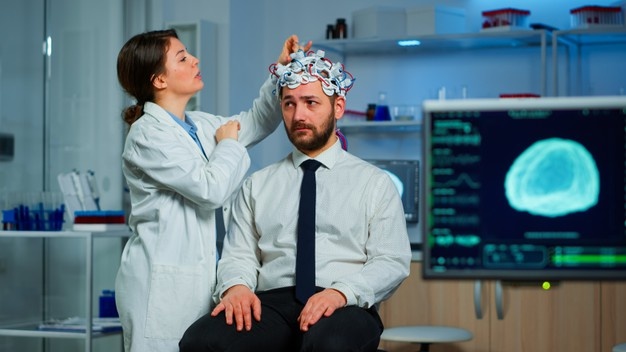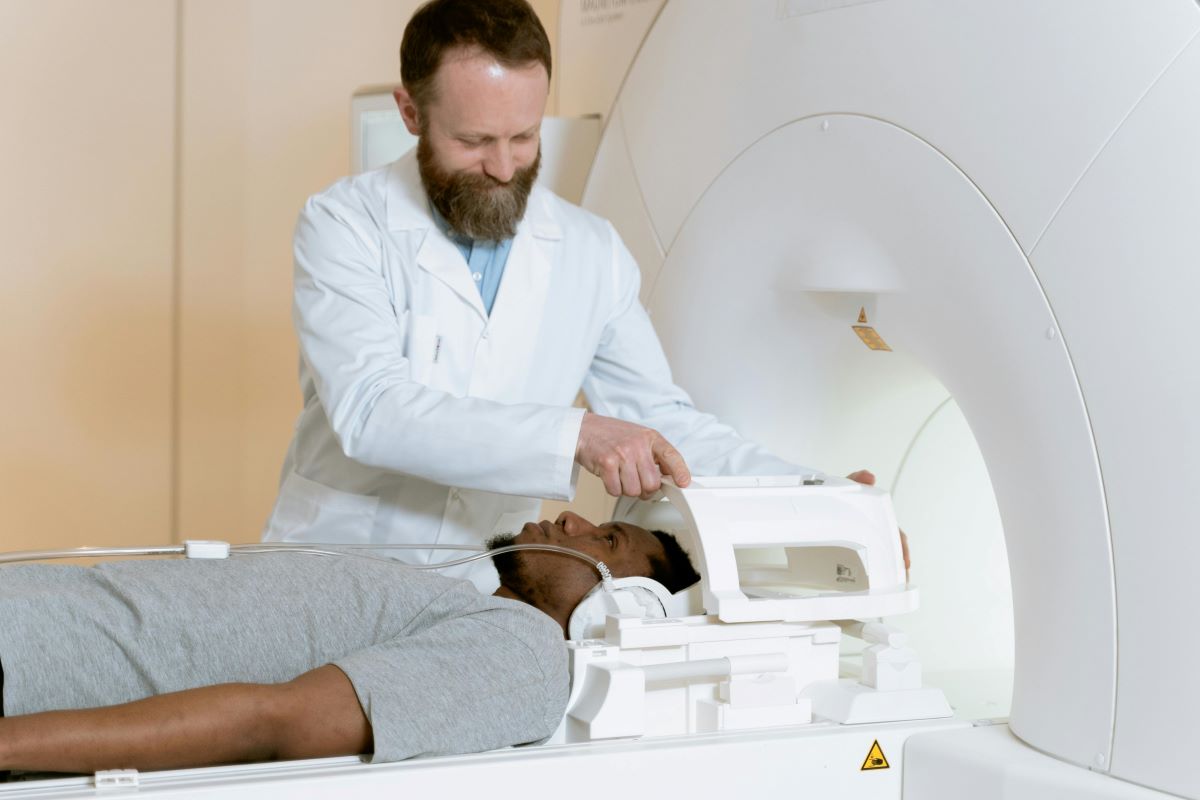Scientists in Israel may be on the verge of discovering a new way to effectively treat a dangerous type of brain Tumors known as glioblastoma. Currently, the Technion-Israel Institute of Technology is conducting tests on the effectiveness of the device that uses electric fields to destroy cancerous cells in the brain. The remarkable feature of this technology is that it does not destroy normal cells at all.
What Makes the Technology so Effective?
Yoram Palti is the physiologist who is the brain behind the invention. He has developed a device that transmits electric fields to the brain where they act upon brain Tumors cells by disintegrating them. The normal cells are not affected and continue to function normally. The technology enables the electric fields to use the shape of the cells in the brain to distinguish between cancerous and normal cells.

Working Of This Technology
The device is to be worn over the head where two electrodes cover the skull. Electric signals are carried along a wire from a power source and transmitted through the skull to the brain. Although both cancerous as well as normal cells undergo division, the rate of division among cancerous cells is several times higher than that of normal cells. Also, during the various stages of cell division, the cells acquire somewhat of an hourglass shape, with the middle of the cell much narrower before it eventually splits into two cells.
When the electric field comes into contact with cells in the brain; It is able to pass around the normal cells without causing any damage. However, when the electric field comes into contact with cancerous cells that are in the process of dividing much more rapidly; It tends to get focused around the middle portion of the splitting cell. The variation in the strength of the electric field on the cancerous cell causes important cellular components to become destroyed.
Atested And Successful Treatment
The invention is likely to save a lot of lives since the recovery rate for glioblastoma patients is very low; even after the patients have gone through chemotherapy and surgery. The cancer continues to persist even after radiation therapy. While the device shows impressive results in simulation models on the computer; It is yet to be seen whether similar success can be observed through clinical trials on real patients. Currently, ten glioblastoma patients are undergoing trials with the device under Dr. Engelhard. In addition, trails are underway in Europe to test the effectiveness of the device in the treatment of breast cancer.
Read: Immunotherapy Success Stories | How Cancer Immunotherapy Work?




